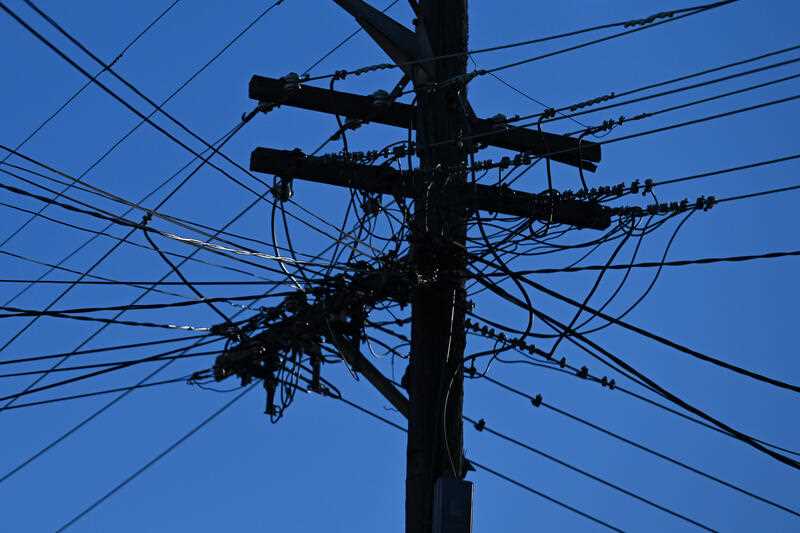Hundreds of thousands of households and businesses in Australia’s east could see their power bills fall, while others will see rises below the inflation rate, according to the national energy regulator.
The Australian Energy Regulator on Tuesday released its draft Default Market Offer, known as DMO 6, for energy prices in 2024/25.
The offer, which applies to consumers in NSW, South Australia and parts of Queensland, is a price cap on how much retailers can charge customers on their default plans.
Regulator chair Clare Savage said the decision follows a reduction in wholesale electricity prices, that was partially offset by an increase in network costs.
“Australian households are experiencing difficult times, it’s difficult economic circumstances and cost of living pressures and we have seen two years in increases in prices,” she said.
“We have ensured there’s sufficient cost there, record reflection of the costs and margin for retailers, which makes sure they can continue to operate and compete in the system.”
It is estimated that price changes for all residential and small business customers on standard retail plans will be less than the rate of inflation.
Nine per cent of households and up to 20 per cent of small businesses will be directly impacted by the offer price, which is a “reference price” for market competitors.
“It’s the price against which retailers have to advertise their plans and offers and discounts,” Ms Savage said.
“From that perspective, it tends to have a fairly significant impact on the market.”
A majority of residential customers could see price reductions of between 0.4 per cent to 7.1 per cent.
The remainder may see power bill increases between 0.9 per cent and 2.7 per cent, depending on their region and whether they have controlled load.
Queensland bill payers in the state’s south east will experience the biggest hike but the regulator added it already has some of the cheapest prices nationally.
Most small business customers could see reductions between 0.3 per cent and 9.7 per cent while others could face modest increases of around 0.7 per cent, depending on their region.
Ms Savage said bill payers should shop around across the market and some deals are as low as 18 per cent to 23 per cent below the market offer.
The draft Victorian Default Offer was also released on Tuesday.
If finalised, it could slash about $112 (6.4 per cent) from residential power bills and $266 (or seven per cent) for small businesses from July 1.
About 360,000 homes and 58,000 small businesses are on the Victorian offer.
There are also 176,000 customers in embedded networks, where the Victorian offer applies as a maximum charge.
Federal Energy Minister Chris Bowen said the draft default market offer, or benchmark price, was proof that government policies to cap coal and gas, and more renewable energy going into the system, are working.
“And it shows the impact of my request – along with state ministers – to the Australian Energy Regulator to prioritise the needs of consumers and put consumers first … rather than competition,” he told reporters in Canberra.
Ms Savage said the draft determination would allow a retailer to recover costs and make a reasonable profit with a retail margin of six per cent for residential plans and 11 per cent for small business plans.
“These are higher margins than we see in other markets, such as Victoria, where strong competition remains,” she said.
The Australian Energy Regulator also said wholesale electricity prices had stabilised since the extreme peaks seen in 2022.
Ms Savage also pointed to reductions in the prices of retailers’ more competitive market offers, which are below the default offer.
Energy retailers are required to tell customers on the front page of their bills, at least every 100 days, if they can offer a better deal.
The regulator’s final offer determination will be delivered in May, pending public consultations, and will come into effect from July.
By Holly Hales and Maeve Bannister in Melbourne



